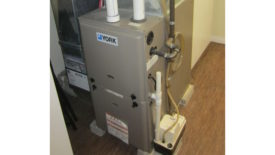Home » energy efficiency
Articles Tagged with ''energy efficiency''
Paving the path to greener efficiency, profitability, and business development
Read More
Google wants to Inform, Guide Consumers’ Decisions on their HVAC Purchases
An HVAC Angel on Your Shoulder
Read More
Project Files: Episode 65 — Zero-Emission Hydronic Heat at Brooklyn Brownstone
A DIY demo turned into the opportunity to install Taco’s System M and go all-electric
Read More
Copyright ©2024. All Rights Reserved BNP Media.
Design, CMS, Hosting & Web Development :: ePublishing











